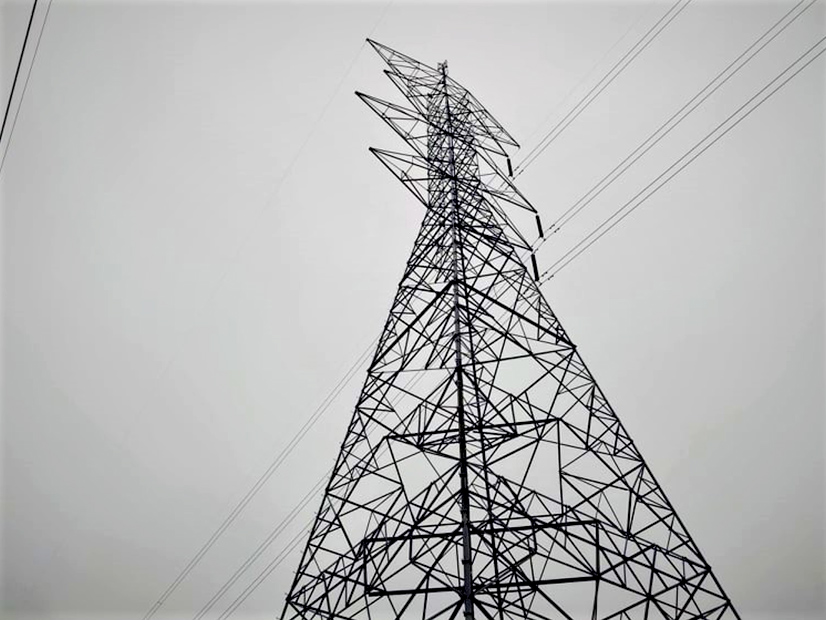MISO’s subregional cost-allocation plan for its long-range transmission projects had both fans and critics at FERC this week.
The RTO has proposed a 100% postage stamp allocation to load for the long-range projects, limited to two of its subregions, in a filing at FERC. Entities had until Monday to file comments, protest or intervene (ER22-995).
Industrial customers denounced the cost recovery plan, arguing against the sub-regional allocation for yet-to-be-determined projects. Consumers Energy said it was concerned that the grid operator hadn’t yet shared specific calculations of benefits for actual projects.
Others said the RTO’s separate-but-equal allocation application is inherently unequal.
MISO hopes to have the allocation plan, limited to its Midwest and South regions, in place by mid-May. The first long-range projects, all in MISO Midwest, are targeted for board approval in June.
WPPI Energy said if FERC accepts the filing, it should “prevent” MISO from violating the commission’s cost-allocation principles by requiring the RTO to explain when it will use a subregional versus region-wide cost recovery. The grid operator should also defend its strategy to use a different allocation design for the final two cycles of projects in its long-range transmission plan, WPPI said. The utility said it might be unfair to employ a different cost allocation once MISO begins planning long-range projects in its South subregion.
The recovery design relies in-part on a Brattle Group analysis that shows Midwestern projects are unlikely to produce benefits that seep into MISO South unless the subregional transmission transfer capacity limit is increased. Multiple stakeholders have said they’re hopeful that the long-range planning effort’s third and fourth cycles produce a project that broadens transfer capability between Midwest and South.
Staff have repeatedly said the RTO’s postage stamp rate separated by subregion is meant to be temporary and only applies to the first two project cycles. The grid operator has already begun stakeholder talks on a more permanent allocation design. (See MISO Seeking New Tx Cost Allocation for Major Buildout.)
Other stakeholders told FERC the plan represents the best option for now.
Americans for a Clean Energy Grid said the cost allocation design will confront an “existing roadblock to regional transmission development.” The group said FERC should permit flexibility in cost allocation “if it enables regions to gain stakeholder support for new transmission expansion.”
NextEra Energy said it “strongly supports” the proposal because it’s a step toward developing necessary transmission infrastructure.
The Organization of MISO States said it supported both the bifurcated postage-stamp approach and the plan to create a new allocation methodology for the second half of long-range projects.
DTE Electric said the establishment of two separate cost-sharing subregions is appropriate because it follows FERC’s “roughly commensurate” benefits standard for allocation.
DTE also asked that MISO include tariff language that ensures staff and members also consider customer affordability when planning new transmission.
“Customer affordability metrics should be established and used as a tool in the planning process to ensure that transmission investment is financially feasible for customers across the entire MISO footprint,” DTE wrote.
Entergy, which accounts for the lion’s share of MISO South, also supported the filing. The utility said although the plan was “not perfect,” it characterized a compromise among stakeholders. Entergy also noted that MISO Midwest “is clearly at the forefront of the portfolio transition that MISO describes as a driving force behind” its long-range transmission plan.
Chairs of the Senate and House energy committees in the Minnesota legislature wrote to “stress the urgency of MISO’s long-range transmission planning process to affordably allow carbon-free energy to be built at the scale required and demanded in Minnesota.” They said the state’s utilities, including Xcel Energy, Great River Energy and Minnesota Power, “are some of the most forward-looking utilities on clean energy in the country.”



